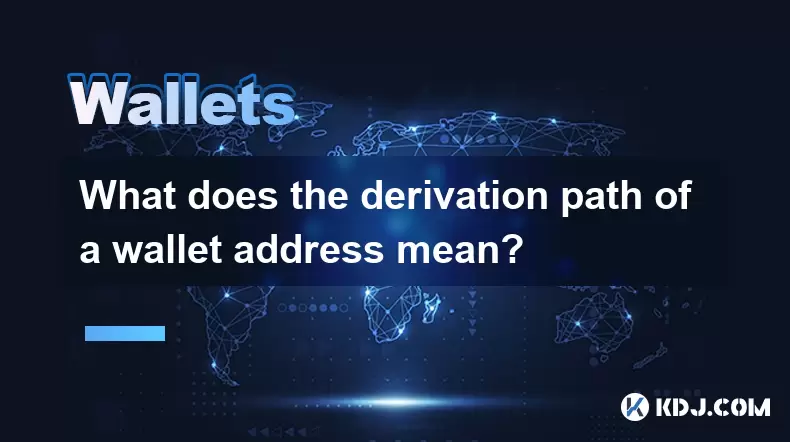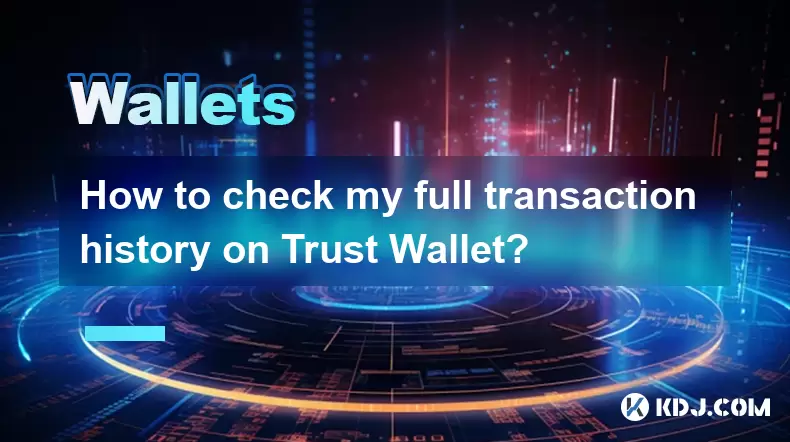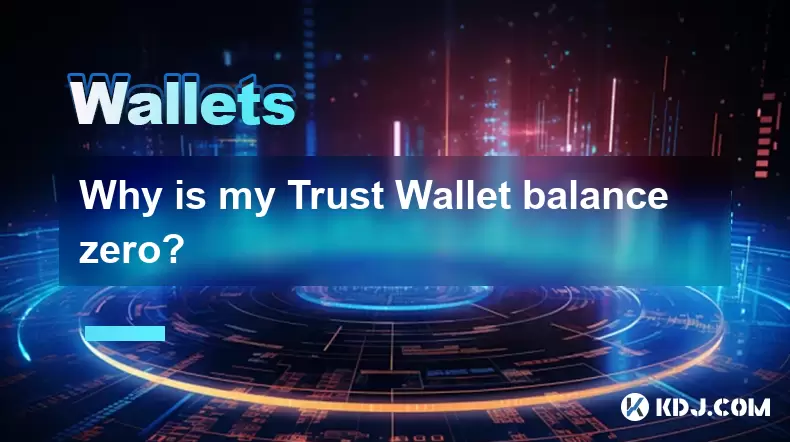-
 Bitcoin
Bitcoin $112400
-1.07% -
 Ethereum
Ethereum $3409
-3.27% -
 XRP
XRP $2.784
-6.60% -
 Tether USDt
Tether USDt $0.9997
-0.03% -
 BNB
BNB $739.3
-2.09% -
 Solana
Solana $158.0
-2.90% -
 USDC
USDC $0.9998
-0.02% -
 TRON
TRON $0.3213
-0.94% -
 Dogecoin
Dogecoin $0.1929
-5.01% -
 Cardano
Cardano $0.6974
-2.82% -
 Hyperliquid
Hyperliquid $36.69
-2.31% -
 Sui
Sui $3.327
-4.80% -
 Stellar
Stellar $0.3672
-5.18% -
 Chainlink
Chainlink $15.65
-3.07% -
 Bitcoin Cash
Bitcoin Cash $525.0
-1.68% -
 Hedera
Hedera $0.2291
-6.00% -
 Avalanche
Avalanche $20.91
-2.96% -
 Ethena USDe
Ethena USDe $1.000
0.00% -
 Toncoin
Toncoin $3.520
-1.12% -
 UNUS SED LEO
UNUS SED LEO $8.968
0.14% -
 Litecoin
Litecoin $105.7
0.26% -
 Shiba Inu
Shiba Inu $0.00001181
-1.79% -
 Polkadot
Polkadot $3.492
-2.08% -
 Uniswap
Uniswap $8.800
-3.10% -
 Dai
Dai $0.9999
-0.01% -
 Monero
Monero $289.9
-3.17% -
 Bitget Token
Bitget Token $4.243
-1.27% -
 Pepe
Pepe $0.00001006
-3.67% -
 Cronos
Cronos $0.1248
-5.68% -
 Aave
Aave $249.7
-2.50%
What does the derivation path of a wallet address mean?
A derivation path in cryptocurrency wallets is a standardized sequence that determines how keys are generated from a seed, ensuring compatibility and security across platforms.
Jun 16, 2025 at 10:22 am

Understanding the Concept of Derivation Paths in Cryptocurrency Wallets
In the world of cryptocurrency, a wallet address is more than just a string of alphanumeric characters. It is derived from complex cryptographic algorithms and hierarchical structures. One crucial element that plays a central role in this derivation process is the derivation path. A derivation path is essentially a sequence of numbers that defines how a specific private key or public key is generated from a master seed within a hierarchical deterministic (HD) wallet structure.
The concept originates from BIP 32, which introduced the idea of HD wallets. These wallets allow users to generate multiple keys from a single seed phrase, ensuring both security and convenience. The derivation path acts as a roadmap for navigating through these layers of keys.
The Structure of a Derivation Path
A standard derivation path follows a format defined by BIP 44, which looks like this:m/purpose'/coin_type'/account'/change/address_index
Each segment represents a specific layer in the hierarchy:
m: Refers to the master key.purpose': Typically set to 44 according to BIP 44 standards.coin_type': Identifies the cryptocurrency (e.g., 0 for Bitcoin, 60 for Ethereum).account': Allows users to separate funds into different accounts.change: Determines whether the address is for receiving (0) or change (1) purposes.address_index: Specifies the index number of the address.
This structured approach ensures that each wallet can derive an almost infinite number of unique addresses without repeating or compromising the seed.
Why Derivation Paths Matter in Wallet Security
The derivation path plays a vital role in maintaining the security and organization of cryptocurrency assets. By following a standardized path, wallets ensure interoperability across platforms while preserving the deterministic nature of key generation.
For example, if two wallets use the same derivation path, they will generate the same sequence of addresses when given the same seed phrase. This feature allows users to restore their wallets on different platforms without losing access to their funds.
Moreover, the use of hardened derivation (indicated by the apostrophe ') adds an extra layer of protection by making it impossible to reverse-engineer higher-level keys from lower-level ones.
How to Locate and Interpret Derivation Paths in Wallet Software
Different wallet applications expose derivation paths in varying ways. Some wallets display them explicitly during setup or recovery, while others hide them behind advanced settings. Here’s how you can typically find and interpret them:
- Check the wallet documentation to identify which BIP standard it supports (e.g., BIP 32, BIP 44, or BIP 49).
- During wallet restoration, look for options related to derivation paths or extended keys.
- Use tools like bip32utils or bitcoinlib to manually compute keys based on a given path and seed.
- When importing private keys or extended keys into another wallet, ensure the derivation path matches to avoid fund loss.
Misalignment in derivation paths between wallets can lead to inaccessible funds, so understanding and matching them is critical when switching platforms.
Practical Implications of Using Different Derivation Paths
Using a non-standard or incorrect derivation path can have real-world consequences:
- Funds may become inaccessible if a new wallet uses a different path than the original one.
- Backup phrases might not restore correctly if the path isn’t specified or supported.
- Multi-currency wallets rely on accurate coin type values in the path to manage different blockchains properly.
Some wallets offer custom path configurations to support legacy or niche coins. For instance, Litecoin and Dogecoin share similar derivation logic but differ in the coin_type' field. Users must be cautious when experimenting with custom paths to avoid irreversible errors.
Troubleshooting Common Issues Related to Derivation Paths
If you're facing issues restoring your wallet or accessing funds, consider the following steps:
- Verify that the derivation path used by the new wallet matches the one used originally.
- Try importing using both BIP 44 and BIP 49 paths if available.
- Use a derivation path calculator to test various combinations with your seed.
- Consult the wallet’s community forums or support channels for known path variations.
Incorrect assumptions about default paths can lead to confusion and potential loss of access. Always cross-check before finalizing any wallet migration.
Frequently Asked Questions (FAQ)
Q: Can I change the derivation path after creating a wallet?
A: Most wallets do not allow changing the derivation path once the wallet is created. You would need to create a new wallet with the desired path and transfer your funds accordingly.
Q: Are all wallets required to follow BIP 44?
A: No, while many modern wallets follow BIP 44 for consistency, some use other standards like BIP 32, BIP 49, or even proprietary schemes. Always check compatibility when moving funds or seeds between wallets.
Q: How do I know which coin type corresponds to my cryptocurrency?
A: Coin types are standardized under BIP 44. For example, Bitcoin is 0, Ethereum is 60, and Litecoin is 2. You can find a comprehensive list in the official BIP 44 documentation or wallet-specific references.
Q: What happens if I use the wrong derivation path when restoring a wallet?
A: If the derivation path doesn't match the one used during wallet creation, the restored wallet won't show the correct balances or transaction history. It may generate entirely different addresses, leading to potential fund loss if transactions are sent to those addresses.
Disclaimer:info@kdj.com
The information provided is not trading advice. kdj.com does not assume any responsibility for any investments made based on the information provided in this article. Cryptocurrencies are highly volatile and it is highly recommended that you invest with caution after thorough research!
If you believe that the content used on this website infringes your copyright, please contact us immediately (info@kdj.com) and we will delete it promptly.
- Bitcoin Liquidity, Osmosis Zone, and Investor Interest: A Deep Dive
- 2025-08-03 15:16:44
- Web3, Sports, and Computing Power: A New Ballgame
- 2025-08-03 15:16:44
- Ethereum, Altcoin Surge, and the MAGACOIN Presale: What's the Buzz?
- 2025-08-03 15:16:44
- Crypto Whales, Meme Coins, and Moonshots: Navigating the Wild West of 2025
- 2025-08-03 15:16:44
- Hong Kong Stablecoin Licenses: A Tight Squeeze?
- 2025-08-03 15:16:45
- Dogecoin's Bullish Signals: Engulfing Candle and Whale Accumulation Point to Potential Surge
- 2025-08-03 15:16:45
Related knowledge

What is a watch-only wallet in Trust Wallet?
Aug 02,2025 at 03:36am
Understanding the Concept of a Watch-Only WalletA watch-only wallet in Trust Wallet allows users to monitor a cryptocurrency address without having ac...

How to fix a stuck pending transaction in Trust Wallet?
Aug 03,2025 at 06:14am
Understanding Why Transactions Get Stuck in Trust WalletWhen using Trust Wallet, users may occasionally encounter a pending transaction that appears t...

What is a multi-coin wallet in Trust Wallet?
Aug 03,2025 at 04:43am
Understanding Multi-Coin Wallets in Trust WalletA multi-coin wallet in Trust Wallet refers to a digital wallet that supports multiple cryptocurrencies...

How to switch between networks in Trust Wallet?
Aug 02,2025 at 12:36pm
Understanding Network Switching in Trust WalletSwitching between networks in Trust Wallet allows users to manage assets across different blockchains s...

How to check my full transaction history on Trust Wallet?
Aug 02,2025 at 09:24am
Understanding Transaction History in Trust WalletTrust Wallet is a widely used non-custodial cryptocurrency wallet that supports a broad range of bloc...

Why is my Trust Wallet balance zero?
Aug 02,2025 at 03:49am
Understanding Trust Wallet Balance Display IssuesIf you're seeing a zero balance in your Trust Wallet despite knowing you've previously received or se...

What is a watch-only wallet in Trust Wallet?
Aug 02,2025 at 03:36am
Understanding the Concept of a Watch-Only WalletA watch-only wallet in Trust Wallet allows users to monitor a cryptocurrency address without having ac...

How to fix a stuck pending transaction in Trust Wallet?
Aug 03,2025 at 06:14am
Understanding Why Transactions Get Stuck in Trust WalletWhen using Trust Wallet, users may occasionally encounter a pending transaction that appears t...

What is a multi-coin wallet in Trust Wallet?
Aug 03,2025 at 04:43am
Understanding Multi-Coin Wallets in Trust WalletA multi-coin wallet in Trust Wallet refers to a digital wallet that supports multiple cryptocurrencies...

How to switch between networks in Trust Wallet?
Aug 02,2025 at 12:36pm
Understanding Network Switching in Trust WalletSwitching between networks in Trust Wallet allows users to manage assets across different blockchains s...

How to check my full transaction history on Trust Wallet?
Aug 02,2025 at 09:24am
Understanding Transaction History in Trust WalletTrust Wallet is a widely used non-custodial cryptocurrency wallet that supports a broad range of bloc...

Why is my Trust Wallet balance zero?
Aug 02,2025 at 03:49am
Understanding Trust Wallet Balance Display IssuesIf you're seeing a zero balance in your Trust Wallet despite knowing you've previously received or se...
See all articles

























































































